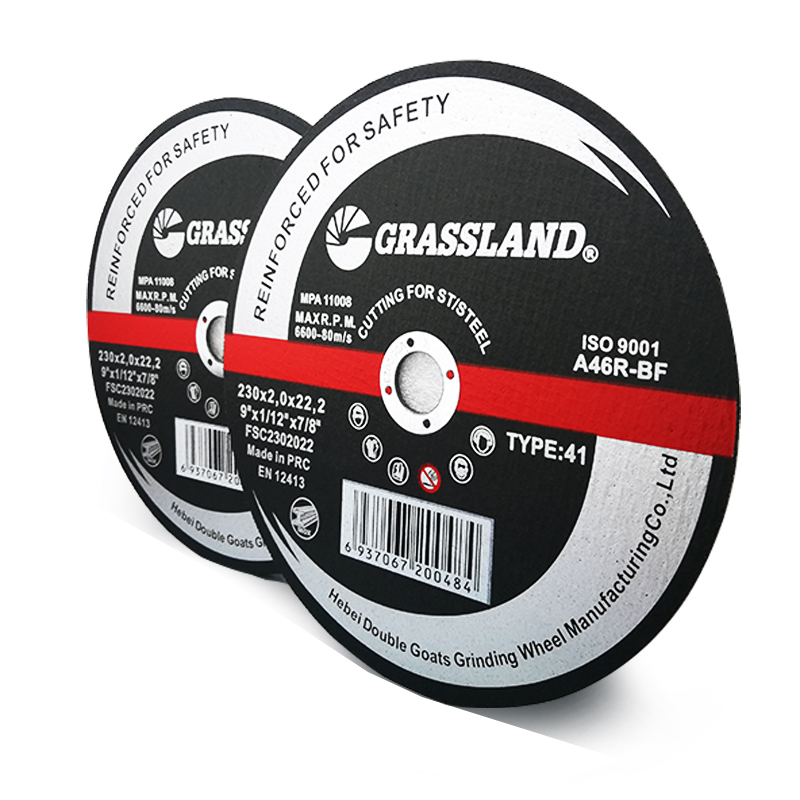The Enigmatic World of Disco de Corta Ferro
Disco de corta ferro, or cutting discs for metal, represent an essential tool in metalworking and fabrication industries. These specialized discs are integral to the process of cutting various types of metal, including steel, aluminum, and other alloys. Understanding their composition, functionality, and applications can provide greater insight into the world of metalworking, where precision and efficiency are paramount.
At a fundamental level, a disco de corta ferro is typically composed of a hard, abrasive material that enables it to slice through metals with precision. Most cutting discs are manufactured from a combination of aluminum oxide or silicon carbide, which are known for their exceptional hardness and durability. The backing material often consists of fiberglass or similar composites, adding strength and stability to the disc during use. This construction allows the cutting disc to withstand high speeds and intense friction without breaking or warping.
The operation of a cutting disc is relatively straightforward, yet it requires skill and attention. The disc is mounted on a cutting machine or a handheld power tool, such as an angle grinder. As the handler powers the tool, the disc rotates at high speeds, creating a rapid, abrasive action that cuts through metal. The effectiveness of this cutting action hinges on several factors, including the speed of the tool, the pressure applied, and the type of metal being cut. It is crucial for operators to adhere to safety precautions, as cutting metal generates sparks and debris, which can pose health risks.
disco de corta ferro

Applications for disco de corta ferro are extensive and varied. In construction, these cutting discs are used to shape metal components for beams, frames, and other structural elements. In automotive repair, they assist in cutting through exhaust systems, body panels, and other metallic parts. Additionally, the manufacturing industry employs these discs for producing machinery and equipment, where precision cutting is vital for ensuring components fit together seamlessly.
The evolution of disco de corta ferro technology has also influenced their design and performance. Modern discs are engineered for efficiency, with innovations such as thin cutting profiles that reduce friction and heat generation during use. This advancement not only extends the life of the disc but also enhances cutting speed, allowing for quicker project completion without sacrificing quality. Moreover, specialized discs are available for specific metals, ensuring optimal performance regardless of the material being worked on.
The market for cutting discs has expanded significantly, with a range of options available to cater to varying needs. Users can choose from standard cutting discs, which are versatile and suitable for general use, to specialized ones designed for fighting specific challenges, such as stainless steel or tempered metals. This variety allows craftsmen and professionals to select the best tool for their particular project, optimizing results and increasing productivity.
In conclusion, the disco de corta ferro plays a pivotal role in the metalworking industry, embodying the intersection of technology, skill, and innovation. As manufacturing processes continue to evolve, the demand for efficient, high-performance cutting tools will persist. Understanding these discs, their functions, and their applications not only underscores their importance in various trades but also highlights the craftsmanship involved in metalworking. By utilizing the right cutting disc for the job, professionals can ensure that their work is executed with precision, safety, and efficiency, paving the way for a future where metalworking continues to thrive and innovate.
Post time:Dec - 20 - 2024
















